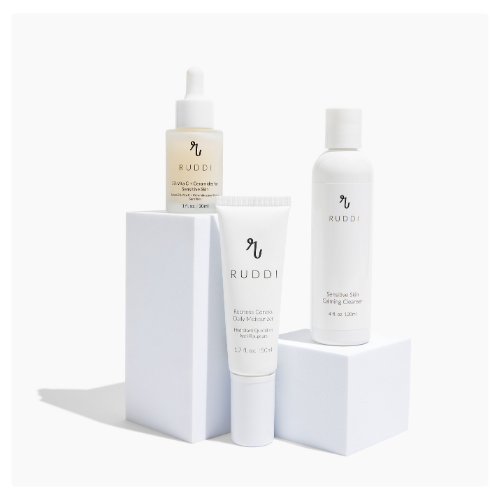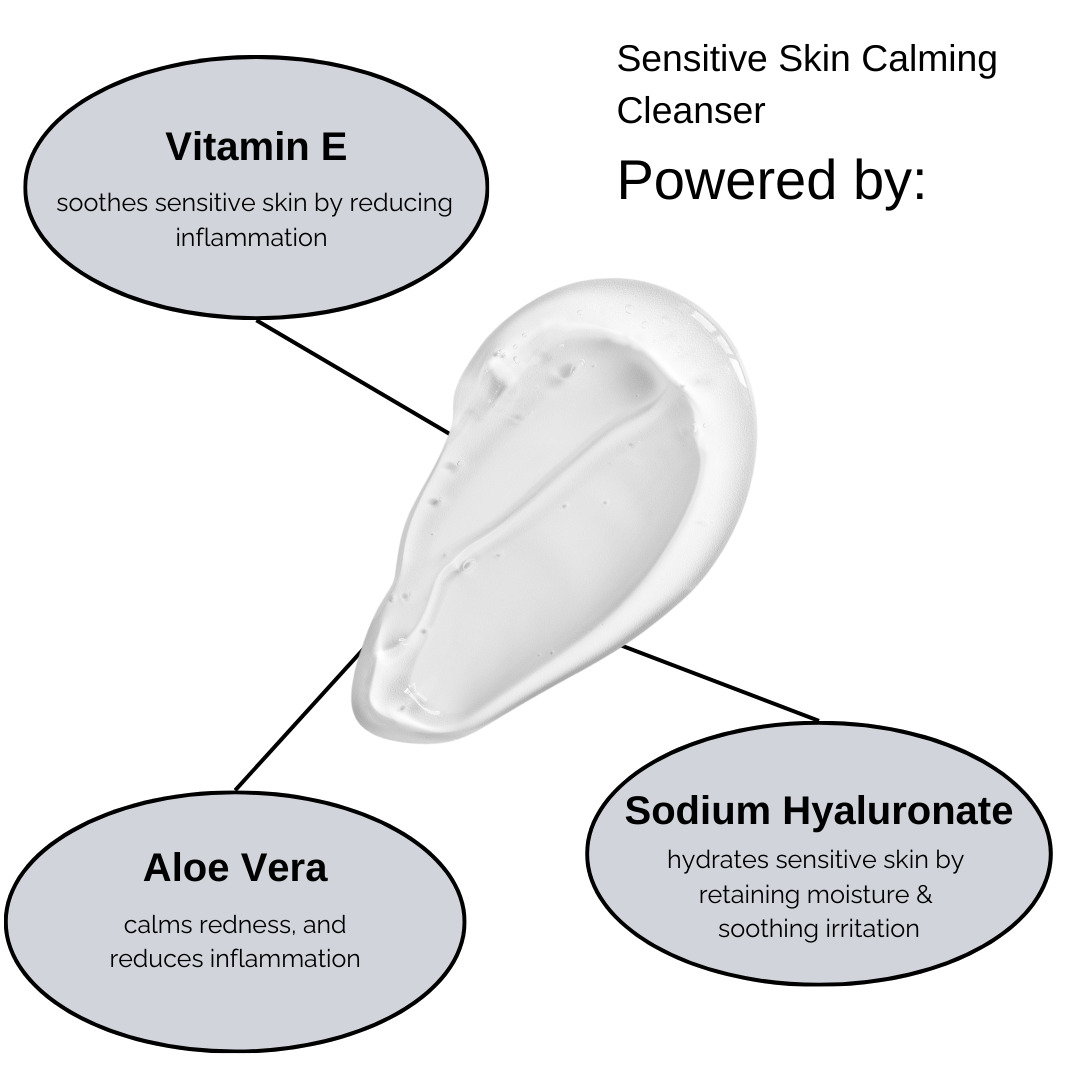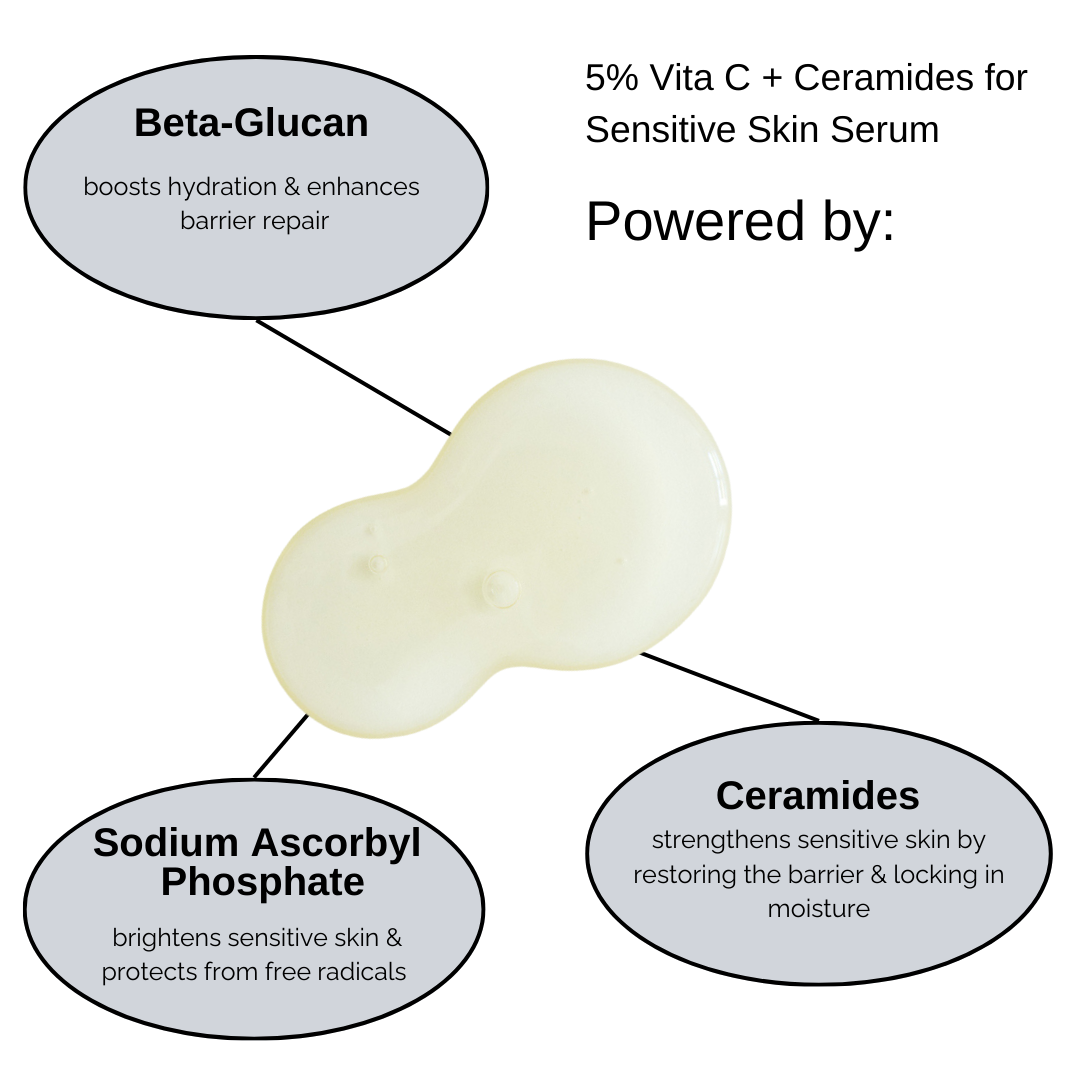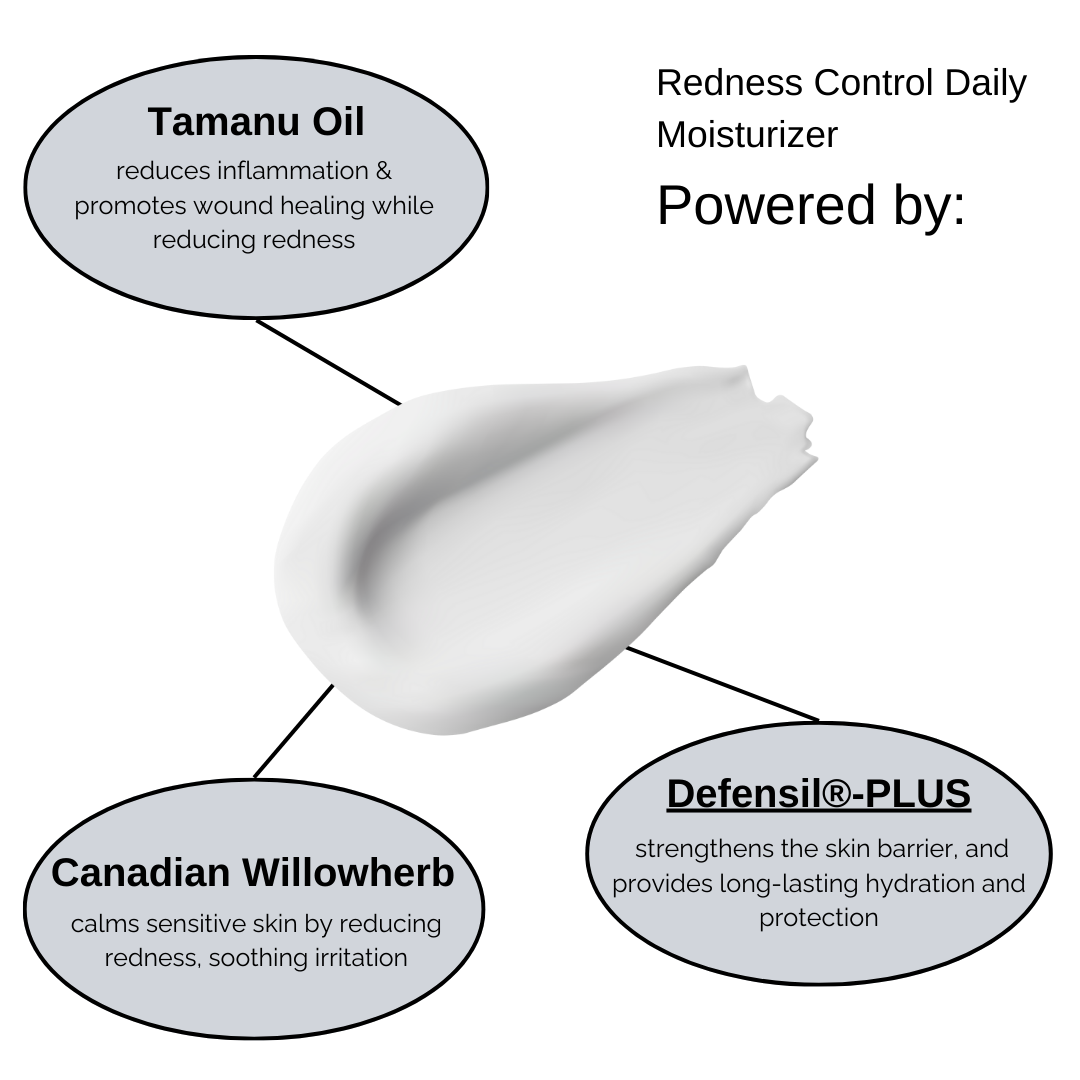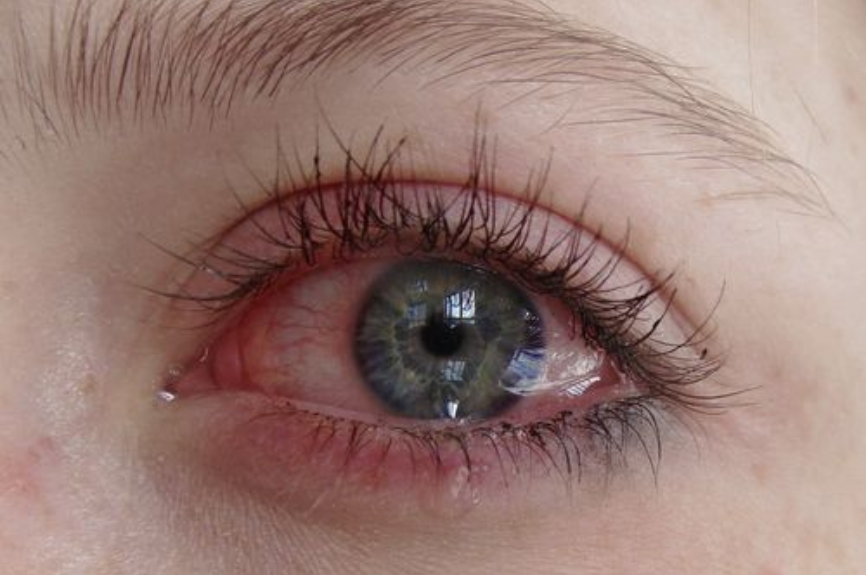
Different Types of Rosacea: Subtype four - Ocular Rosacea
Let's dive into subtype four: Ocular rosacea. You'll learn about its symptoms, causes, and treatments, and leave with a deeper understanding of how this condition can impact your eyes and vision.
Ocular rosacea is a type of rosacea that affects the eyes and can lead to discomfort, redness, and even vision loss if left untreated. It's estimated that up to 50% of people with rosacea also suffer from ocular rosacea. So, what are the symptoms? Stinging, burning, or itching in and around the eyes are the most common, along with redness, dryness, blurred vision, and sensitivity to light. Some people also experience a gritty, foreign body sensation in their eyes, similar to having sand in them or dust. If you've noticed any of these symptoms and also suffer from rosacea, it's important to see an ophthalmologist who specializes in rosacea.
The cause of ocular rosacea is still unknown, but there are a few theories. Some experts believe it's due to an overreaction of the immune system to certain bacteria on the skin, while others believe it's an issue with the oil glands in the eyelids. Hormonal imbalances, stress, and genetics may also play a role. A few other theories believe this is caused by eyelash mites.
Currently here is no cure for ocular rosacea, but there are many treatments that can alleviate symptoms and prevent complications. Antibiotics, both topical and oral, can help reduce inflammation and fight bacteria, while steroid eye drops can reduce redness and swelling. Artificial tears and other lubricating eye drops can also ease dryness and discomfort. A few at home remedies that have been shown to help are thoroughly cleaning the eyelid with a mild cleanser & q-tip, as well as using hot compresses.
As with any medical condition, prevention and lifestyle changes can make a big difference in treating ocular rosacea. When it comes to managing this subtype, avoiding triggers is key. Alcohol, caffeine, and extreme temperatures are just a few examples of things that can exacerbate symptoms. Protecting your eyes from the sun's harmful rays and hats can also help, as can minimizing stress through meditation, exercise, and other relaxation techniques. Proper hygiene, such as using a gentle cleanser and avoiding rubbing your eyes, can also help prevent flares.
While ocular rosacea can be a frustrating and uncomfortable condition, there is hope. With the right diagnosis, treatment plan, and lifestyle adjustments, those who suffer from this subtype can find relief and maintain their vision. If you suspect you may have ocular rosacea, don't hesitate to reach out to a dermatologist or ophthalmologist as soon as possible.
Ocular rosacea is a lesser-known subtype of the condition that can cause discomfort, redness, and even vision loss if left untreated. By knowing the symptoms, causes, and treatments of ocular rosacea, those who suffer from it can take steps to manage their symptoms and prevent complications.

